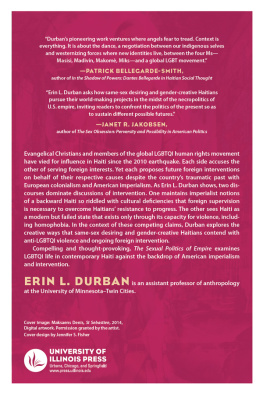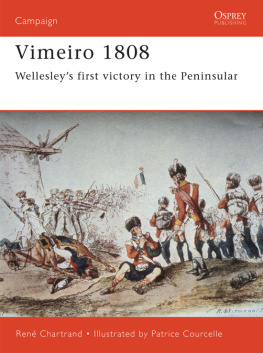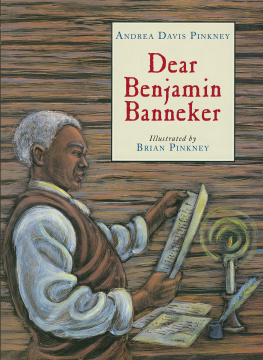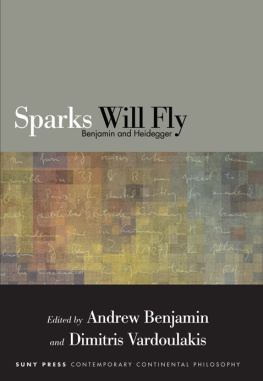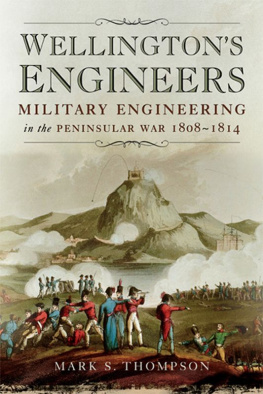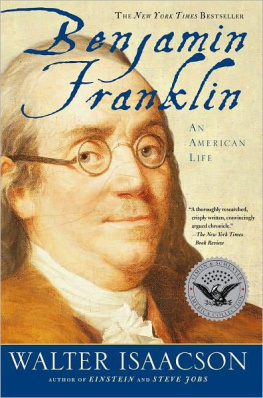This edition is published by PICKLE PARTNERS PUBLISHINGwww.picklepartnerspublishing.com
To join our mailing list for new titles or for issues with our books picklepublishing@gmail.com
Or on Facebook
Text originally published in 1930 under the same title.
Pickle Partners Publishing 2015, all rights reserved. No part of this publication may be reproduced, stored in a retrieval system or transmitted by any means, electrical, mechanical or otherwise without the written permission of the copyright holder.
Publishers Note
Although in most cases we have retained the Authors original spelling and grammar to authentically reproduce the work of the Author and the original intent of such material, some additional notes and clarifications have been added for the modern readers benefit.
We have also made every effort to include all maps and illustrations of the original edition the limitations of formatting do not allow of including larger maps, we will upload as many of these maps as possible.
THE PENINSULAR JOURNAL OF MAJOR-GENERAL SIR BENJAMIN DURBAN
Knight Commander of the Most Honourable Military Order of the Bath. Knight Commander of the Royal Military Guelphic Order, Knight Commander of the Ancient and Most Noble Order of the Tower and Sword, Major-General in the Portuguese Service, Colonel in the Spanish Army.
Later Governor of Antigua, Montserrat and Barbuda; of Demerara and Essequibo (afterwards with Berbice. British Guiana); and of the Cape of Good Hope; and Commander-in-Chief of the British Forces in Canada.
1808-1817
EDITED, WITH AN INTRODUCTION, BY
I. J. ROUSSEAU, M.A.
NEW COLLEGE, OXFORD
DEPARTMENT OF HISTORY, RHODES UNIVERSITY COLLEGE
(UNIVERSITY OF SOUTH AFRICA)
GRAHAMSTOWN
WITH ILLUSTRATIONS AND MAPS
PREFACE
Miami my leave of absence from the Rhodes University College, Grahamstown, South Africa, I communicated with Sir Benjamin DUrbans grandson, W. S. M. DUrban, Esq., of Newport House, Countess Wear, near Exeter, to inquire whether he had retained copies of his grandfathers private papers and letters which he had so generously presented in 1911 to the Union of South Africa, through the late Dr. McCall Theal. None, unfortunately, existed, but Mr. DUrban informed me that he possessed the original Peninsular Journal, of which he had made a typed copy some thirty years before. This at the time he had lent to Colonel Henderson of the Military Staff College, but the outbreak of the Boer War and subsequent ill-health prevented the latter from preparing it for the press.
Some years later Sir Charles Oman undertook his monumental work on the Peninsular War, and after the appearance of the second volume Mr. DUrban informed him of the existence of the Journal and supplied him with his copy. How helpful this proved may be gathered from Sir Charless testimony in the successive prefaces and the constant references in the later volumes. It was, in fact, on his advice, after consultation with Professor Clapham, that I suggested to Mr. DUrban the publication of the Journal. Agreeing to this, he kindly sent the original MS. to Kings College Library, so that I could edit it. In addition Mr. DUrban, in spite of his advanced yearshe was ninety-three last Julyset to work to supply me with data of family history, making copies of a large number of private letters. Indeed, without his help I could not have undertaken the task.
It may well be asked why Sir Benjamin never published his Journal himself, especially when after his return from the war he printed for private circulation a Report of the Operations...under Sir W. C. Beresford during the Campaign of 1811..., a pamphlet which Napier used for his famous history and which subsequently appeared as an appendix to Further Strictures on those Parts of Colonel Napiers History...which relate to Viscount Beresford....
The answer may well be that Sir Benjamin was of too modest and retiring a nature, as is proved by the rigorous suppression of all personal reference to himself in the Diary, a fact which enhances the value of the document as a record of the war. More likely the reason was the one given by Lord Pauncefote, the first Ambassador to the United States of America, who, when approached on the subject of a biography, observed, No, I have worked too hard all my life to be a sufficiently interesting subject for any biographer. Certainly this was the case when Sir Benjamin embarked on his successive governorships, first in the West Indies, then in British Guiana, and lastly at the Cape, whence in 1887, after years of devoted service, he was recalled because of his disagreement with the then Secretary of State, Lord Glenelg, on the question of Native policy.
From letters to former friends during his retirement to Wynberg, near Cape Town, it would appear that he was revising his notes and papers, but what has not been known before is that he was in constant correspondence with his successor, Sir George Napier, who invariably sought and obtained his advice during those troublous years in South Africa. Nor is it known that Sir Benjamin sent his private papers (the same subsequently presented to the Union of South Africa) to John Centlivres Chase while he was compiling his Natal Papers (published 1848), a rare and valuable contemporary authority. It was not till 1846 that he was appointed Commander-in-Chief of the British Forces in British North America. Three years later he suppressed the Montreal Riots. He died in the same year, 1849.
It should be remarked that no part of Sir Benjamins Journal has been omitted except Movement of Troops during the latter part of the campaign and the return to Portugal of the Portuguese army. The Post War Journal till 1817 is also included as giving an insight into the troubles of Beresford and his British officers with the Regents in Portugal, the Royal Family being still absent in Brazil. The voluminous enclosures, some in Portuguese and Spanish, during and after the war, should prove of great value for a study of the period, especially for a Life of Sir William Carr Beresford, whose own private papers have unfortunately been lost and whose biography remains a desideratum in British military history.
Besides these there are original sketch maps (one of Salamanca prepared by DUrbans D.Q.M.G., Henry (afterwards Lord) Hardinge) and some forty contemporary maps, some of them the same, and therefore as unreliable, as those used by Massna, except that from the first extensive reconnaissances were undertaken by the British, as shown by the Journal. It is interesting, further, that the two maps of Salamanca (second part comprising the battlefield and the country around the city of Cuenca) missing from the Irish collection are to be found enclosed with the DUrban papers (vide infra, p. 187).
The very pleasant task remains of thanking Mr. DUrban once more for his constant interest and valuable assistance; Sir Charles Oman for revising the typescript and checking the spelling of the proper names, also for the ready permission to use the map of Spain and Portugal which appears at the end of this volume; Major Carey Curtis, La Cotte, Fort Road, Guernsey, for the loan of MS. letters, copies, and photographs; Mrs. Christobel Wheatley of Berkswell Hall, Coventry, for Sir Henry Watsons correspondence with Sir Benjamin about Salamanca; and lastly, one nearer home, for encouragement and help throughout the whole course of preparation as well as the correction of the proofs and compiling the index.


